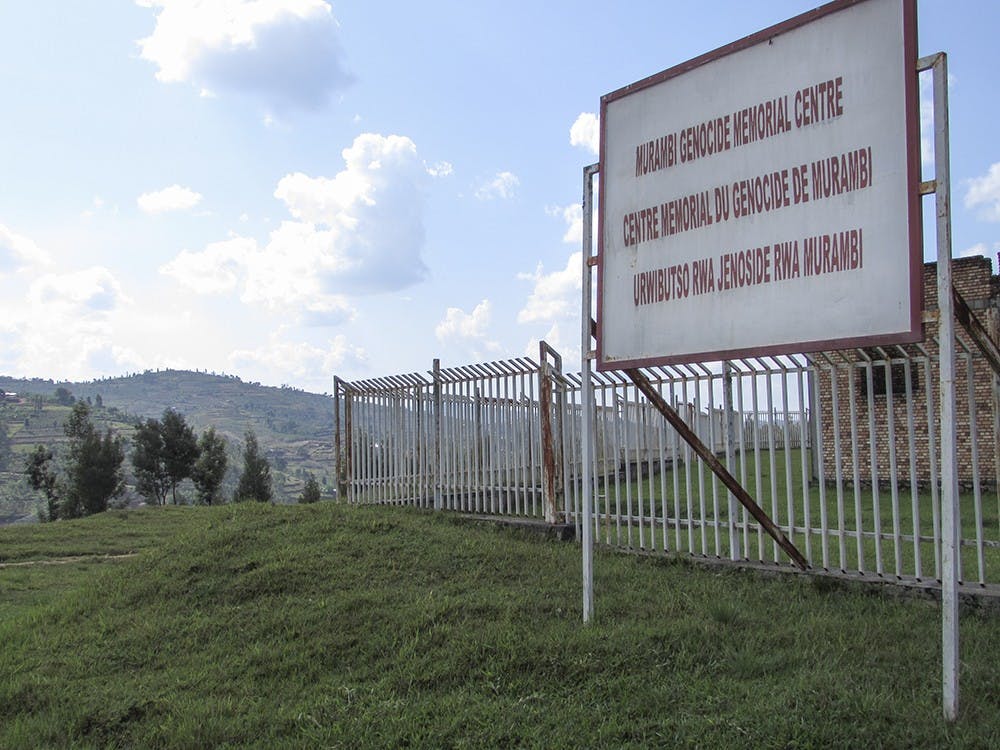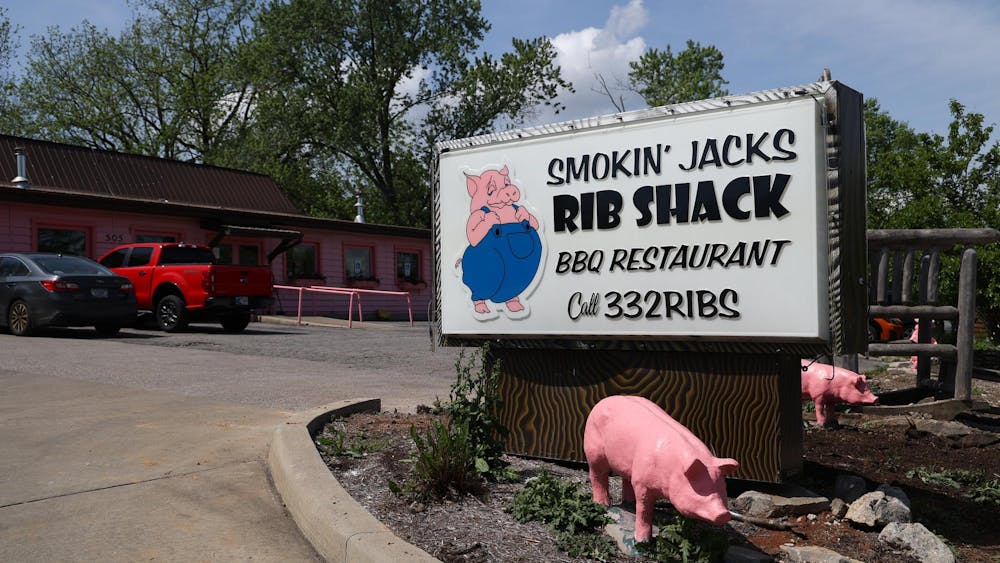In a region of Rwandan called Bugesera, there sits a genocide memorial site inside Nyamata Church, where about 10,000 men, women and children lost their lives in 1994.
During the genocide, Tutsi citizens knew they were being targeted, leading them to seek refuge in churches. No one would kill them in a house of God, they believed.
During the genocide, there were no rules. One million people died in 100 days. Ten thousand died in one location.
I tried to find something to compare it to. In just that church, it was similar to everyone from my entire high school dying, 28 times over.
Outside of the church, you can see the light streaming through the bullet holes on the overhang. Bricks are broken to form a jagged hole near the entrance, a spot where a grenade hit the wall.
There were two young women on the tour before us. German, our guide said. “I think they are very interested in this genocide because of their own Holocaust,” he said.
The Rwandan Genocide was a systematic, state-sponsored attack on the Tutsi minority group. The genocide was carried out by friends, neighbors, policemen, mayors, even their own family members.
In the Nyamata Memorial, dozens of benches contain piles of the victims’ clothing, still covered in dust and dirt and blood. There are the identity cards Rwandans were forced to carry, the ones that had been on the Tutsi victims when they died.
They were killed because of their condemned ethnicity in the church they prayed in. And over it all, the statue of the Virgin Mary looks down in prayer and solemnity at the destruction humans inflicted upon each other.
Rwanda has used its many genocide memorials as a way to educate people and preserve the memories of the genocide, still so fresh in people’s minds, from fading — or else it could happen again, there or anywhere else.
Often the memorials are housed in old churches and schools where masses of Tutsis hid and ultimately perished. The memorials vary in degrees of intensity.
In the Murambi Genocide Memorial, a formerly a school, there are rooms containing the actual bodies of victims encased in lime, a mineral-based material commonly used in mortar and plaster.
Terrified bodies are forever preserved in their last moments. Others have large collections of human skulls and bones. It’s something straight out of a nightmare.
Right outside these memorials, though, it is oddly peaceful. Serene.
Most of Rwanda is like that, a sea of rolling hills disappearing off into the mist. Birds chirp, children play soccer nearby. A strangely picturesque backdrop to the hellish events that took place.
Every single memorial I have visited also contains the same quote, translated from Kinyarwanda: “If you had known me, and you had really known yourself, you would not have killed me.”
And right now, knowing is my responsibility. In a small country in Africa, 20 years ago, 1 million people died. That number will always be a part of me.
cjellert@indiana.edu






